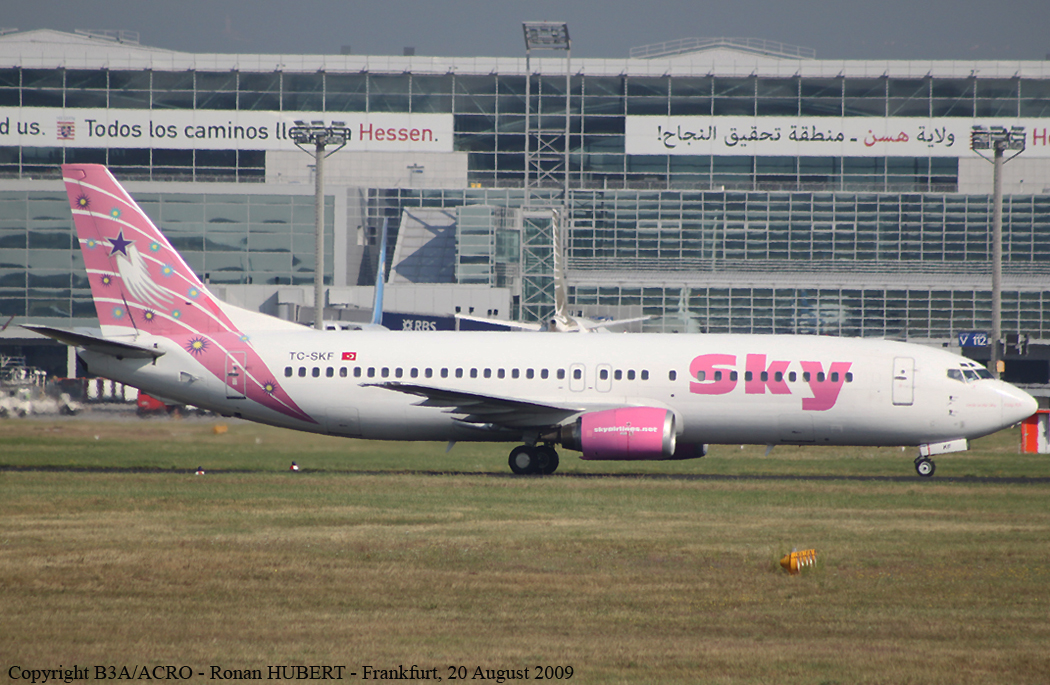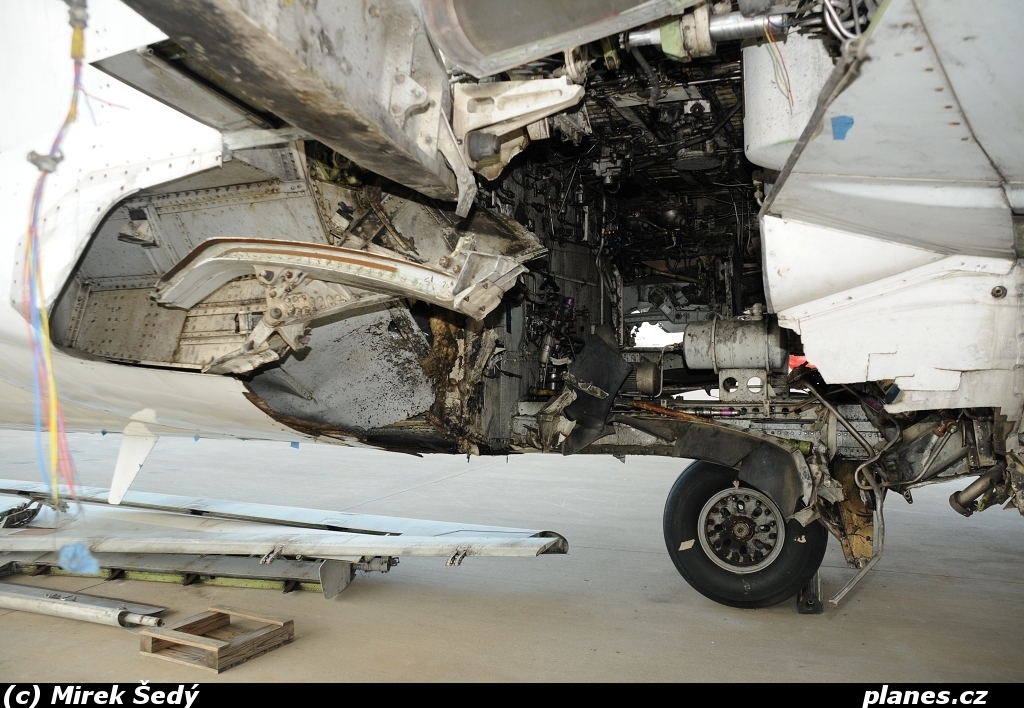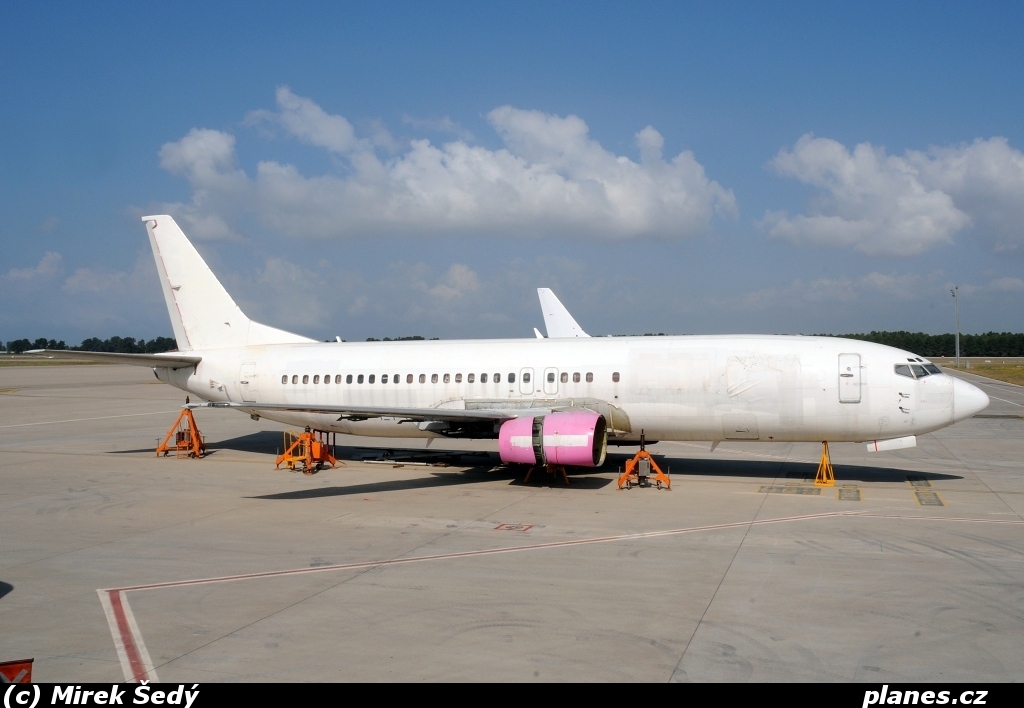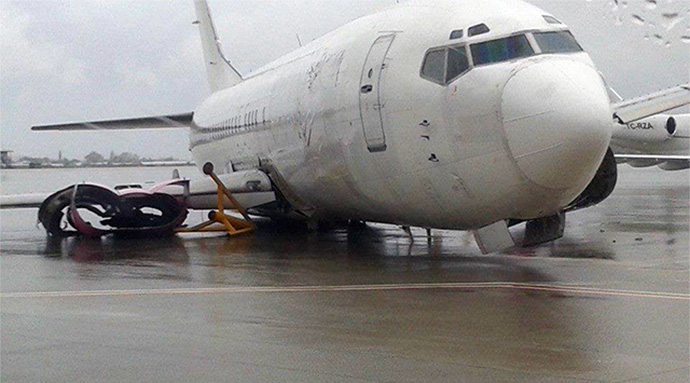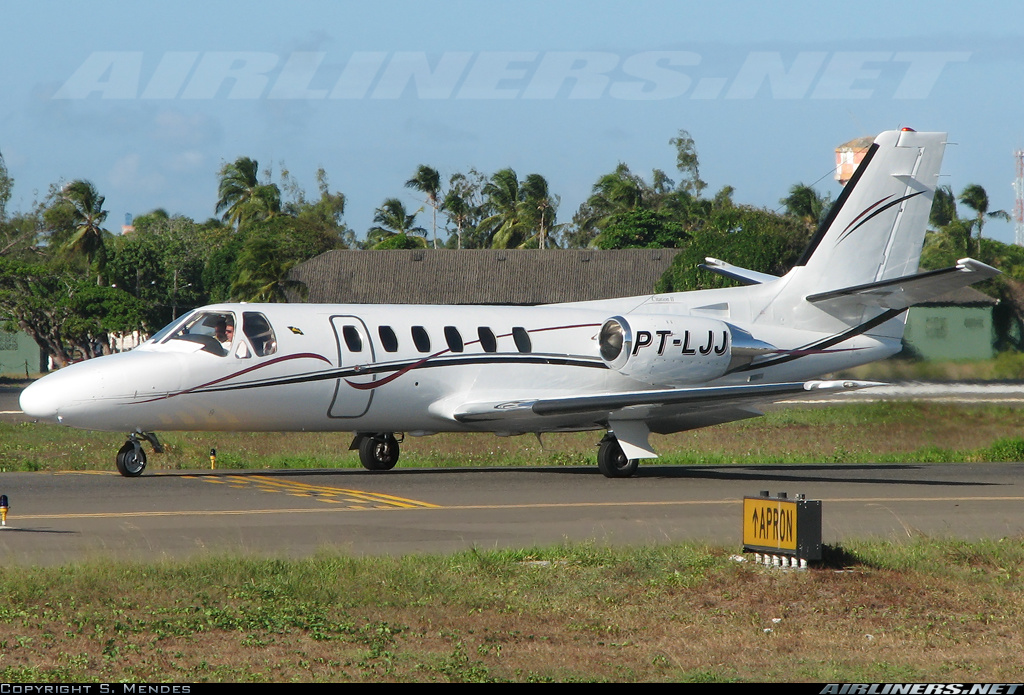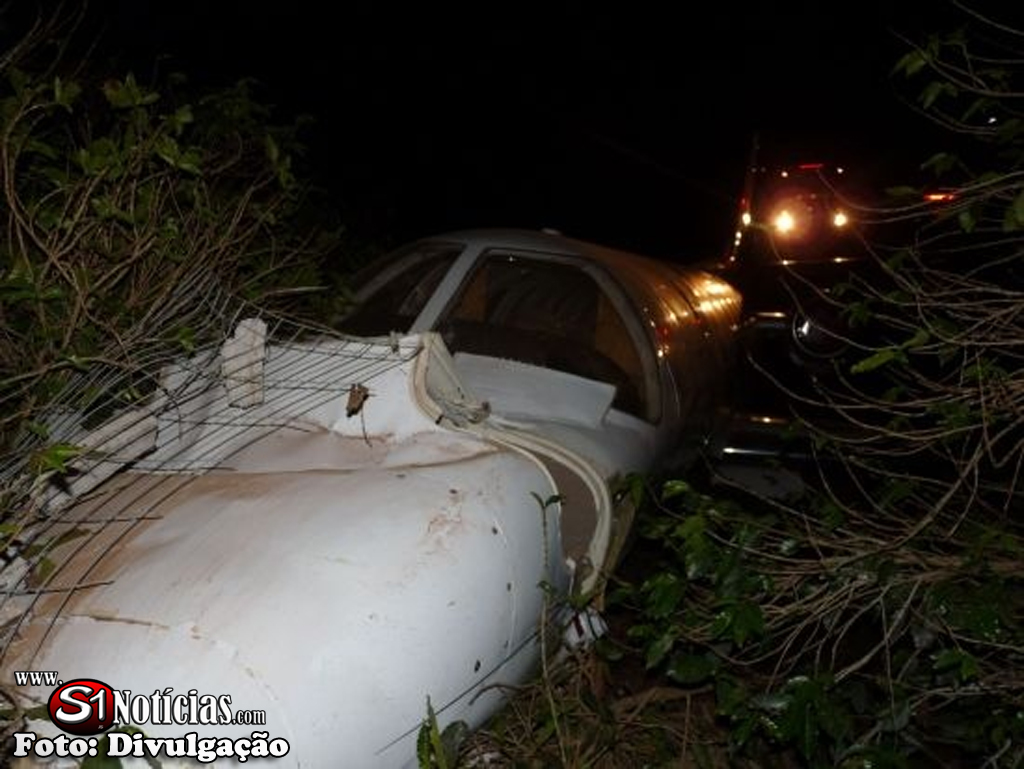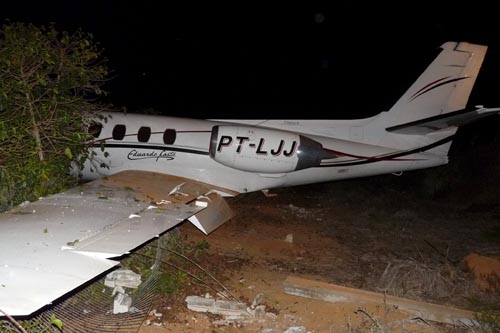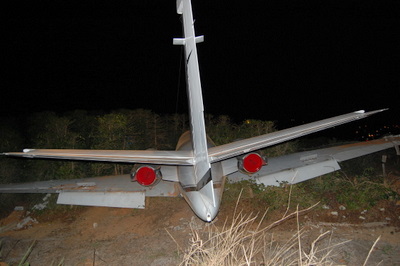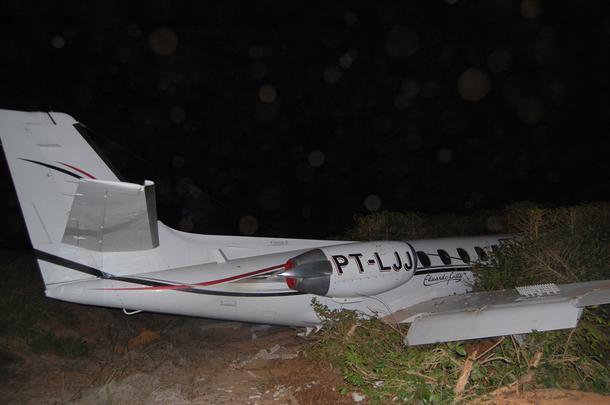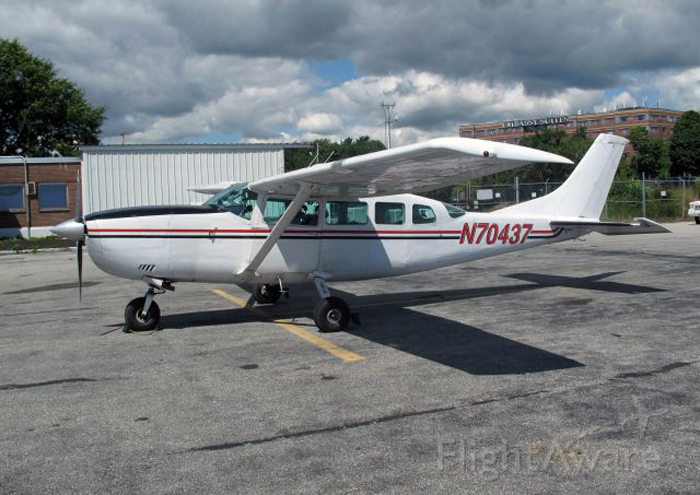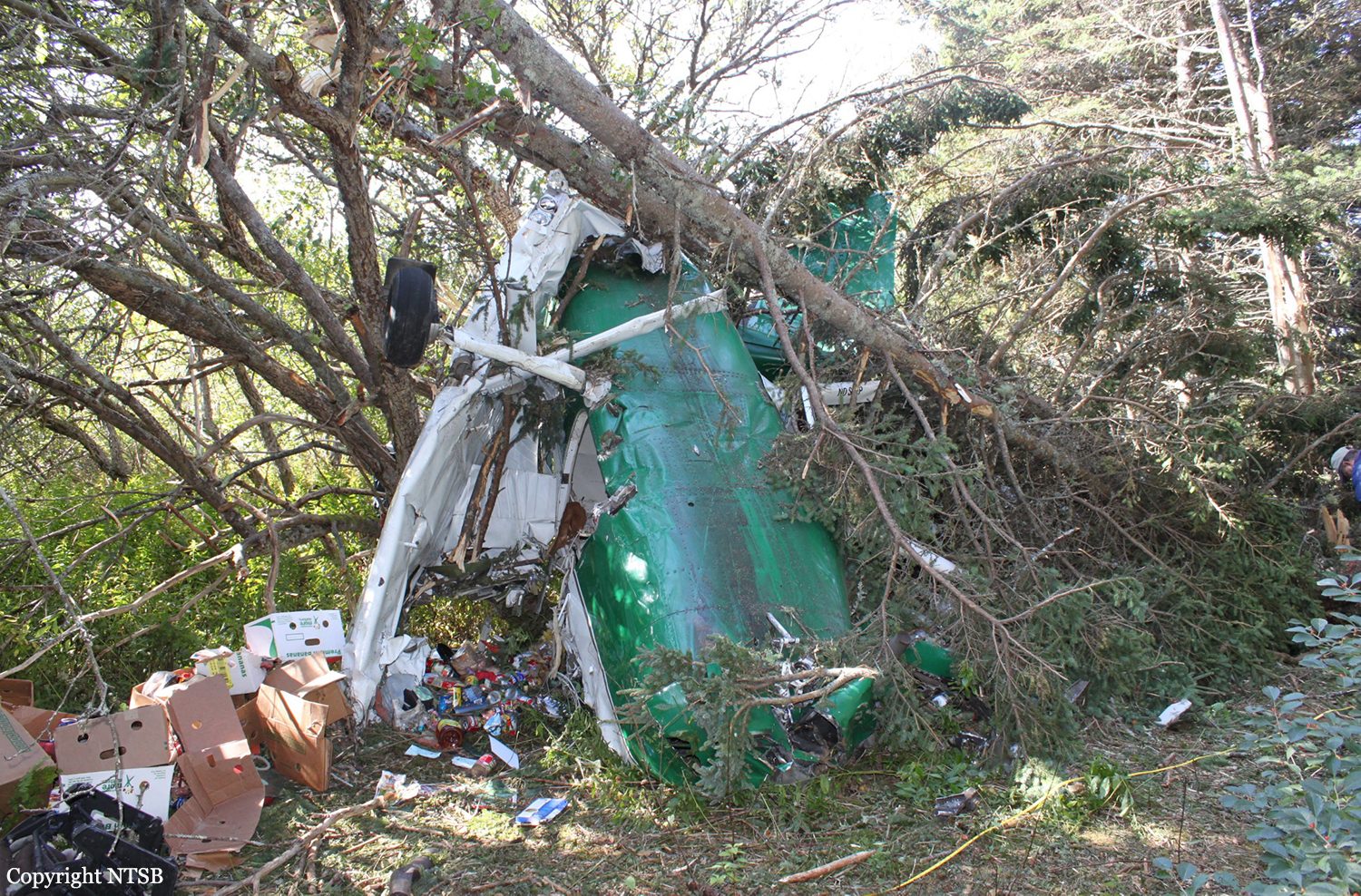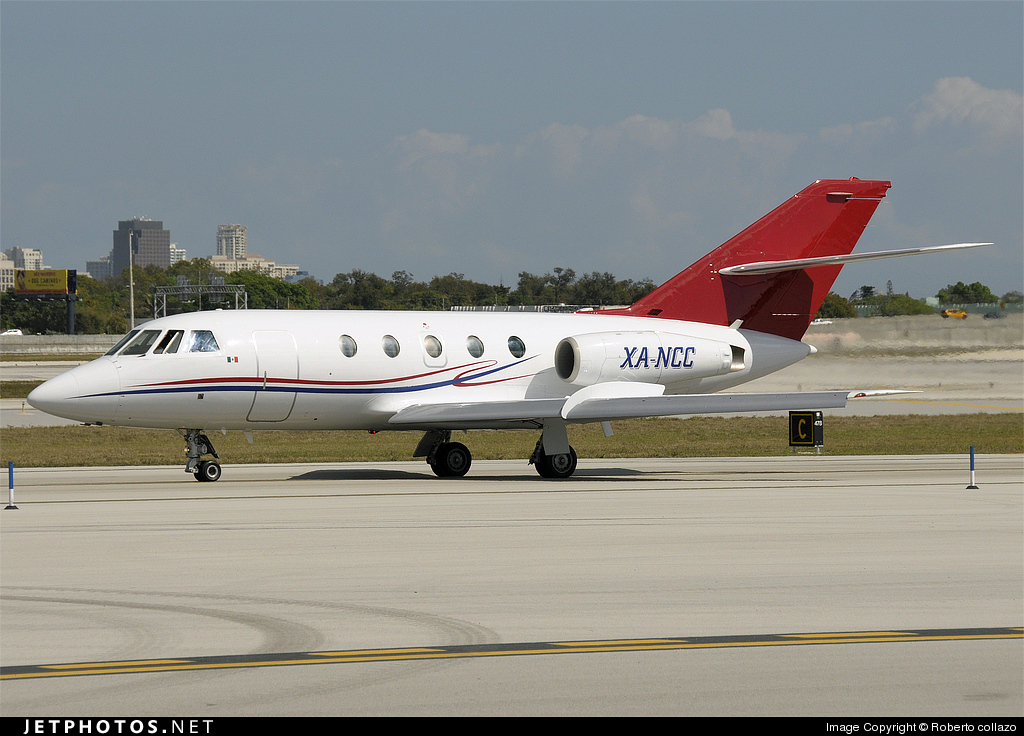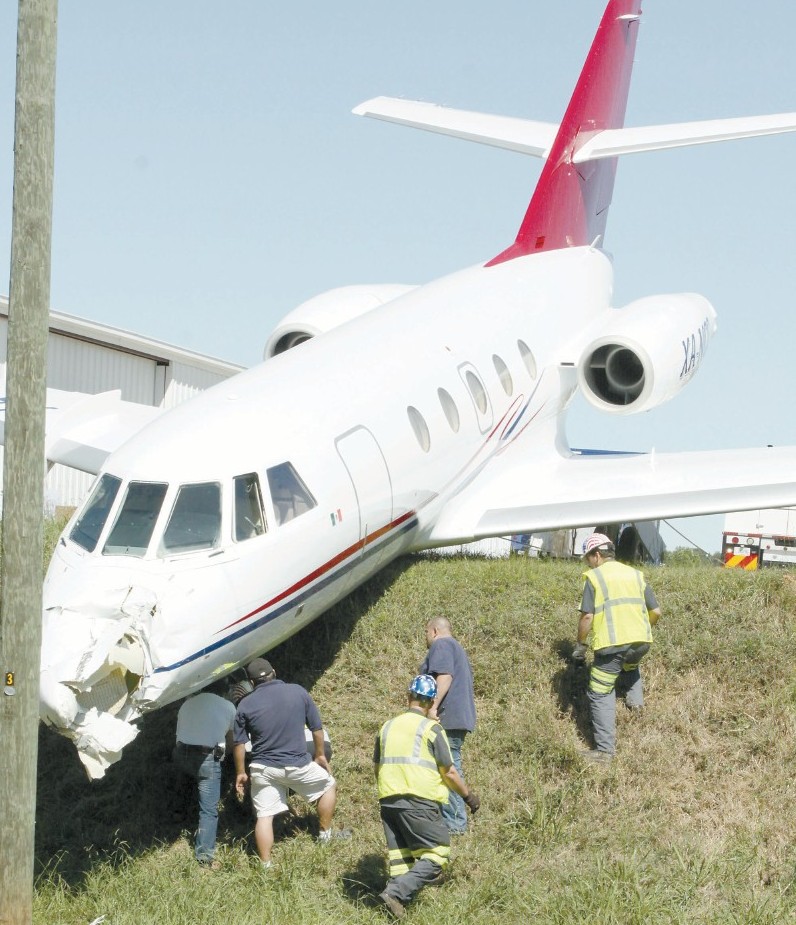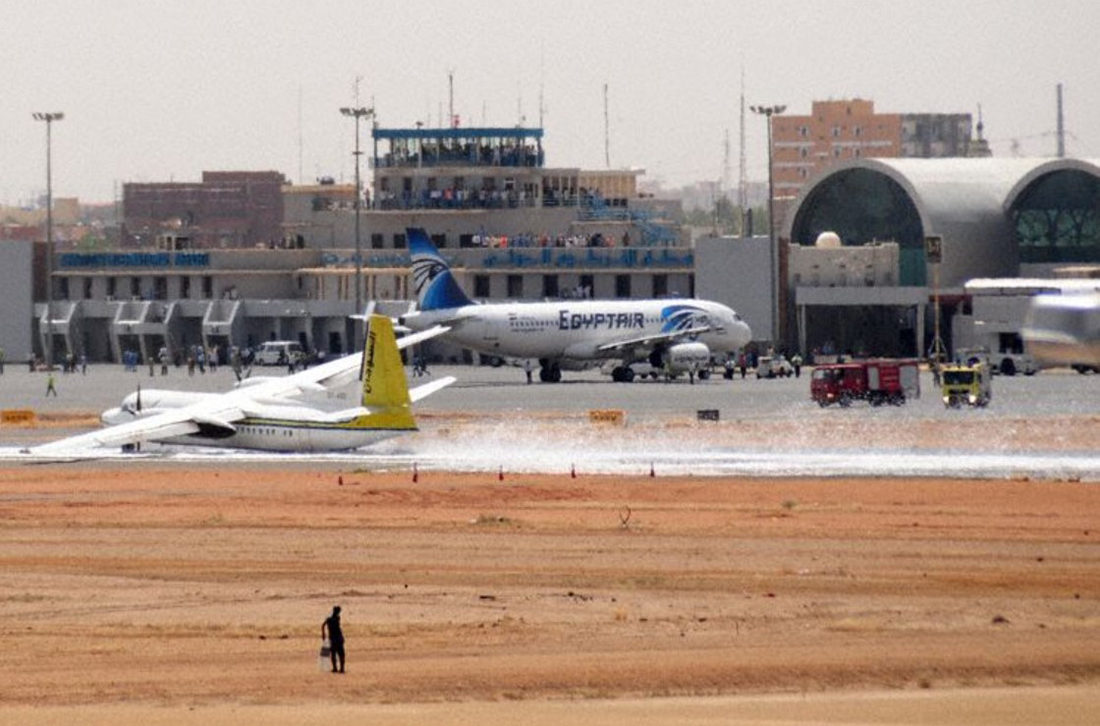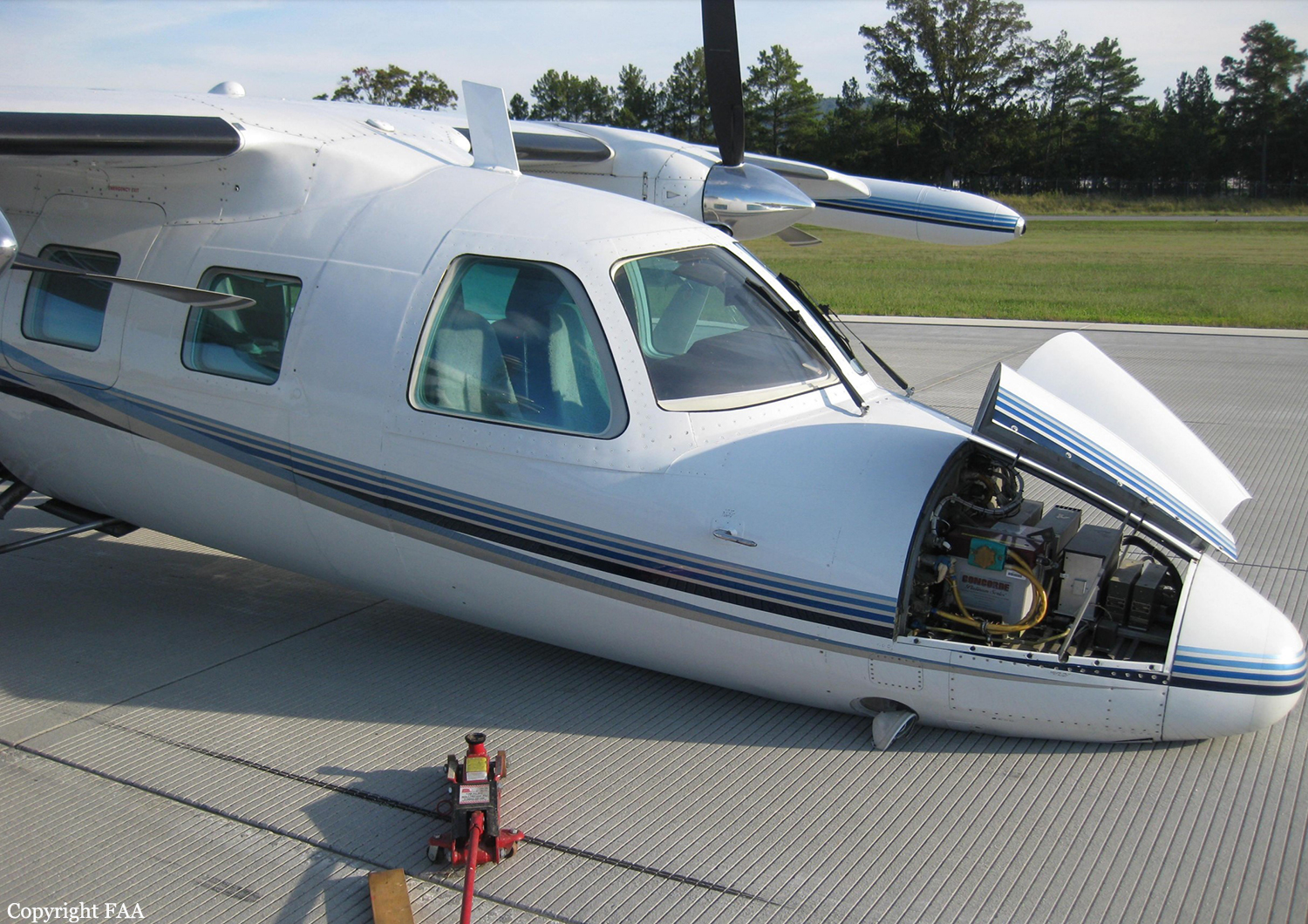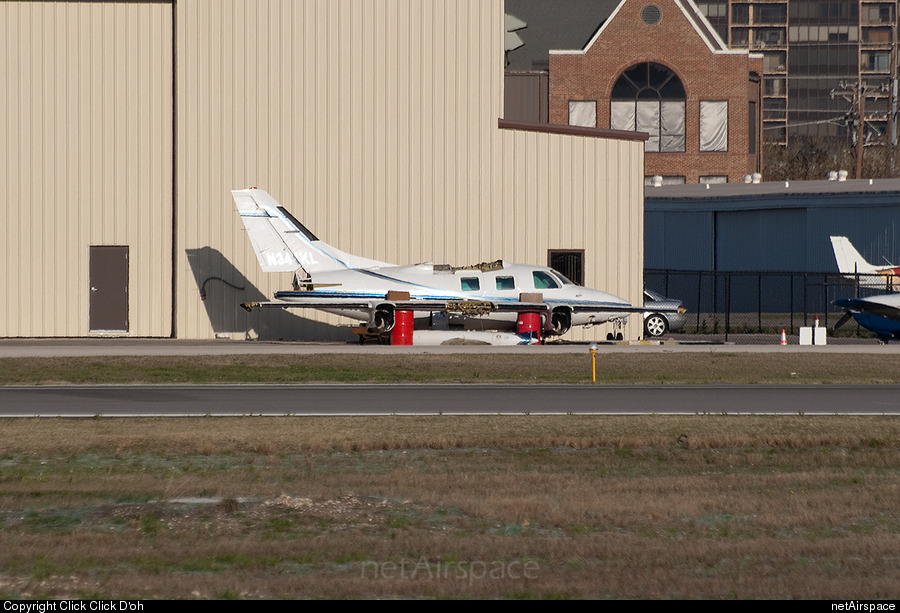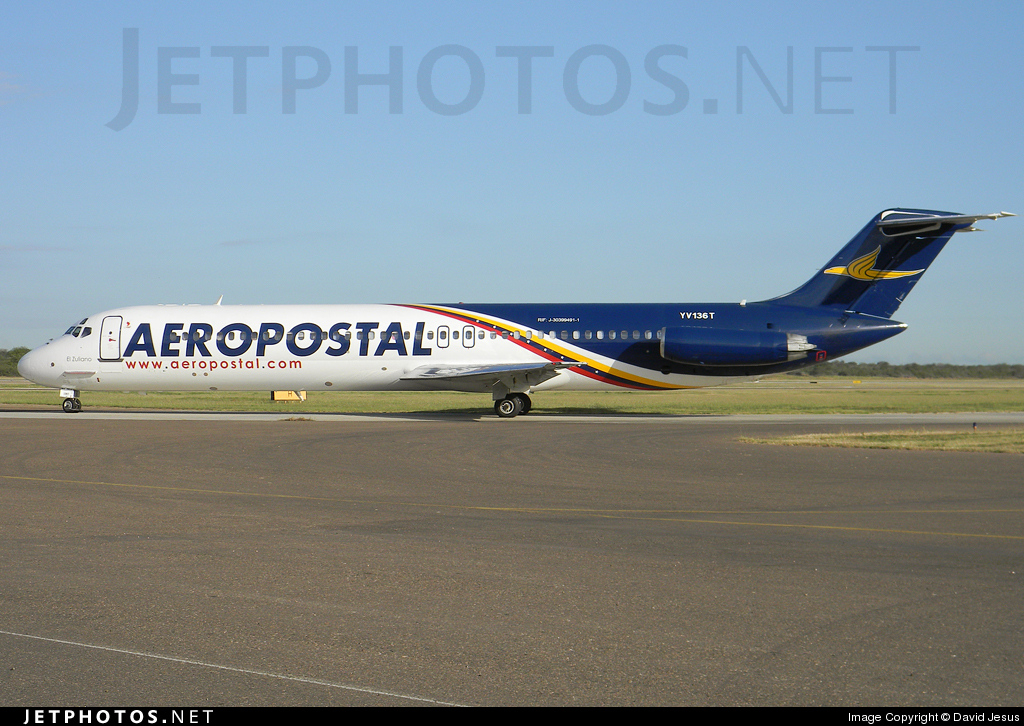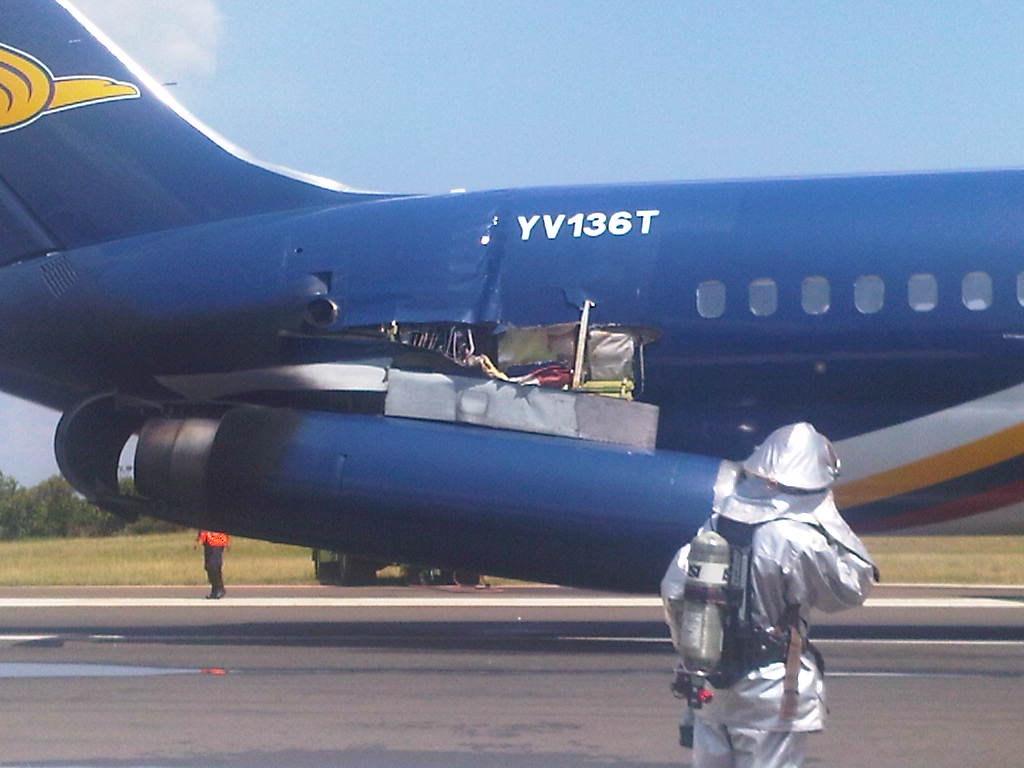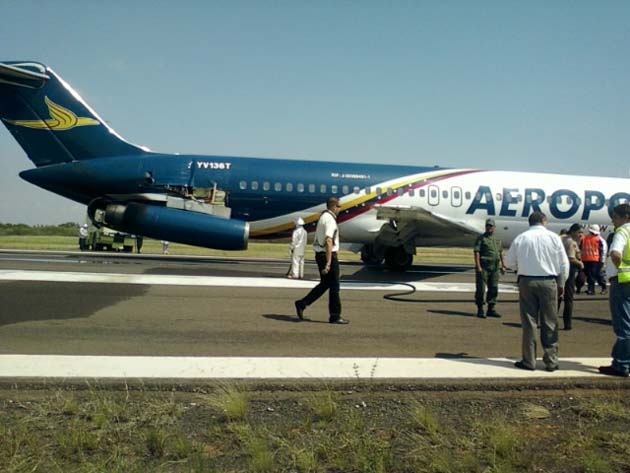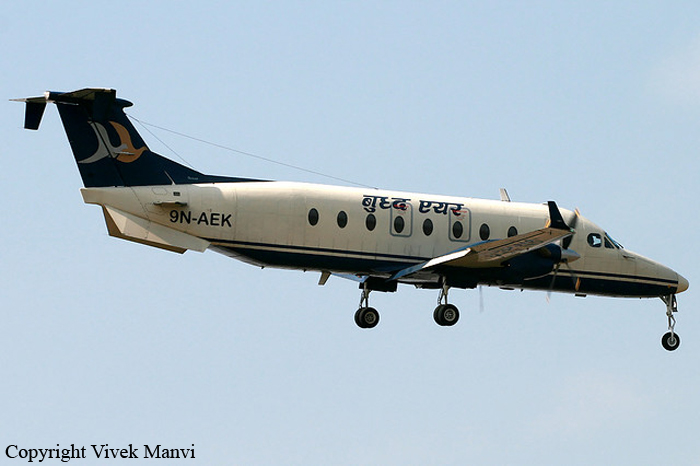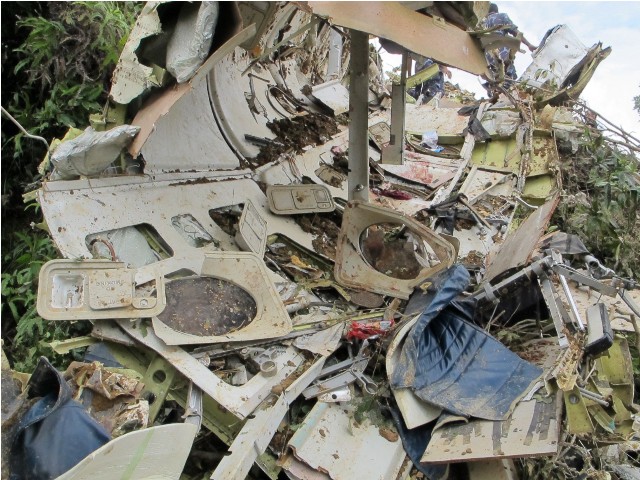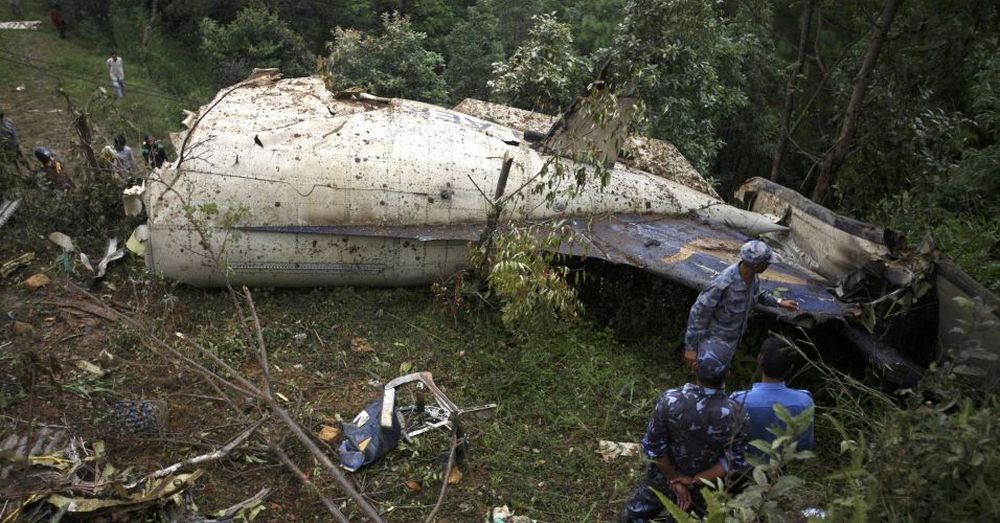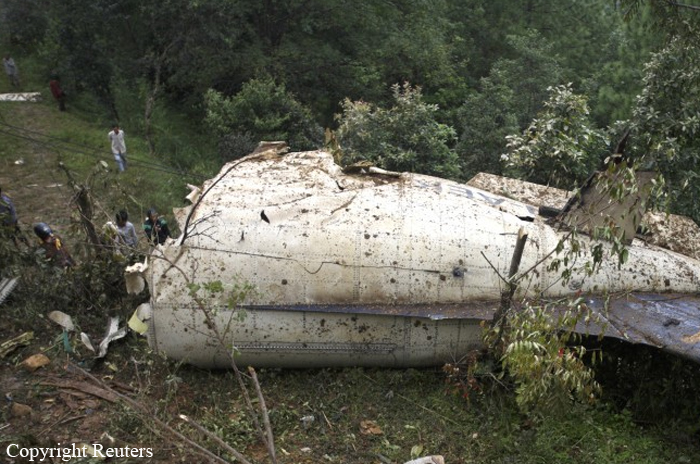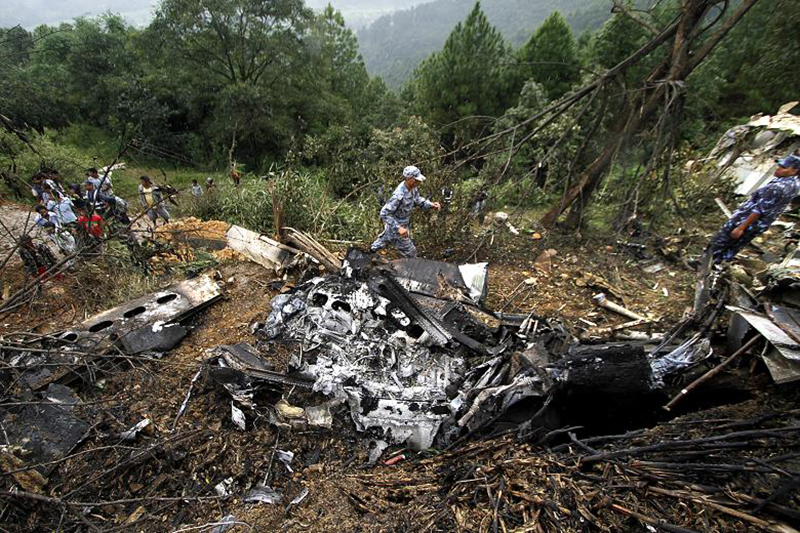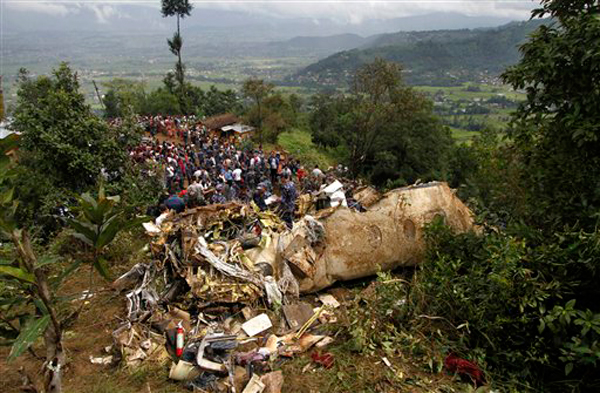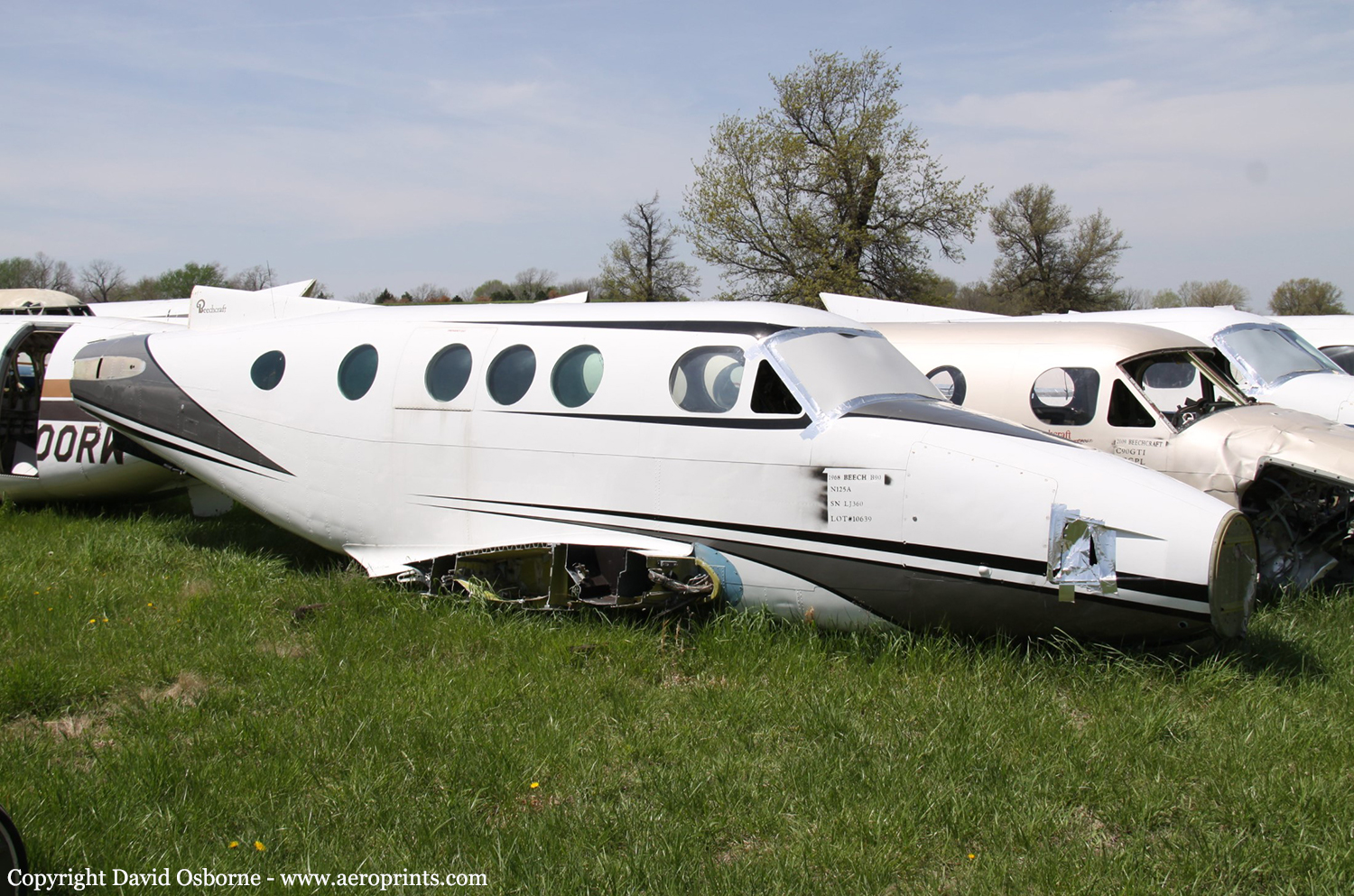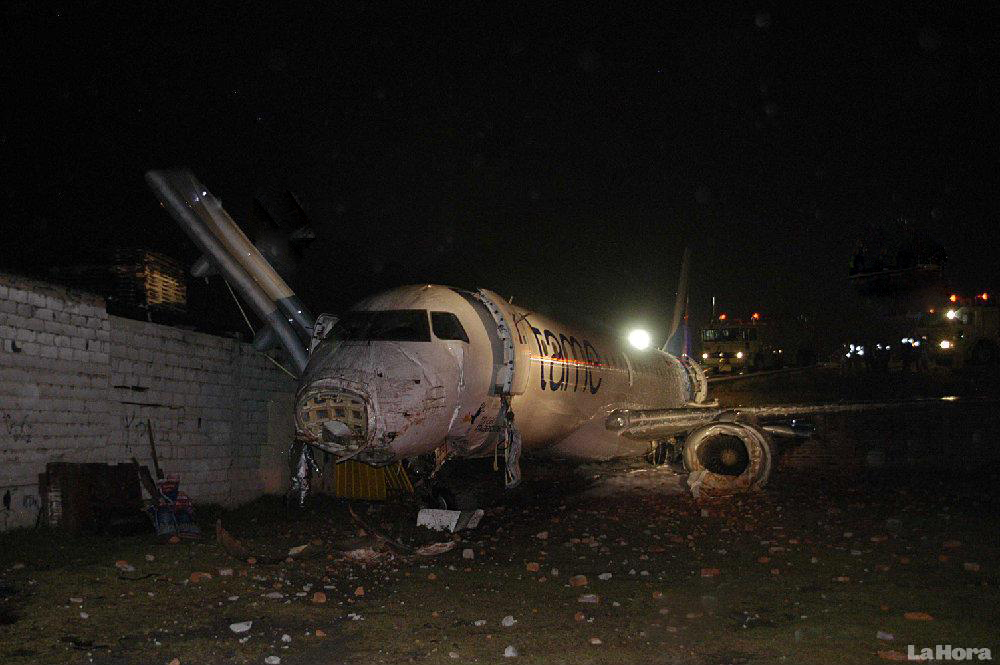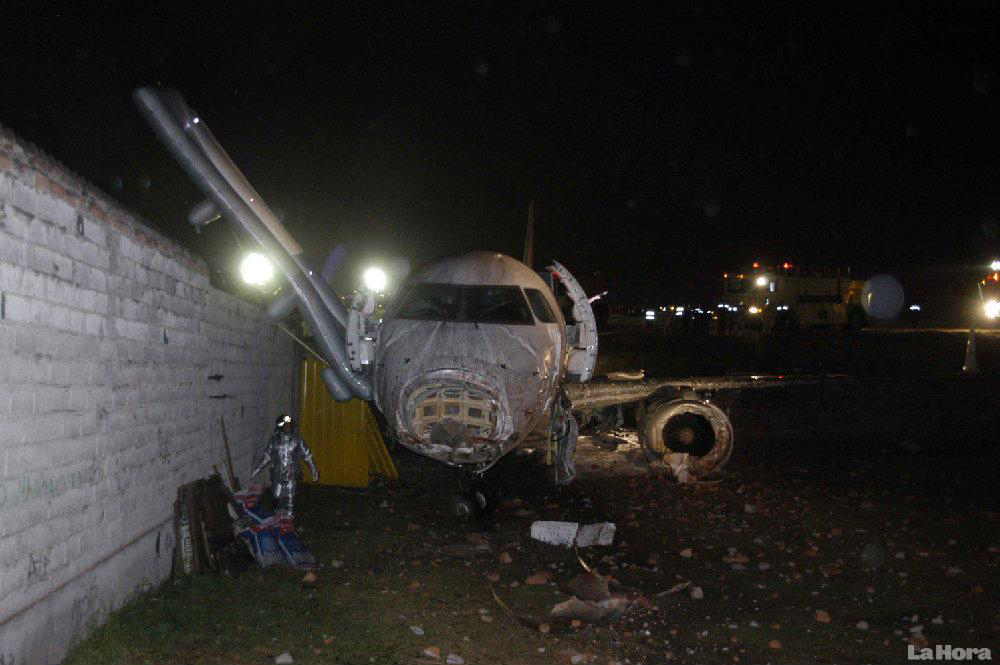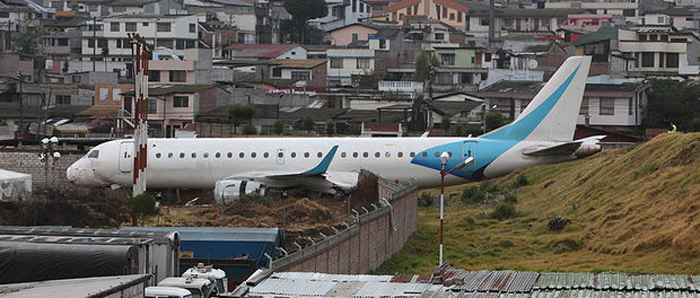Crash of a Boeing 737-4Q8 in Antalya
Date & Time:
Oct 10, 2011 at 1315 LT
Registration:
TC-SKF
Survivors:
Yes
Schedule:
Karlsruhe-Baden-Baden – Antalya
MSN:
26291/2513
YOM:
1993
Flight number:
SHY8756
Crew on board:
6
Crew fatalities:
Pax on board:
156
Pax fatalities:
Other fatalities:
Total fatalities:
0
Circumstances:
Following an uneventful flight from Karlsruhe-Baden-Baden, the crew started the descent to Antalya Airport runway 18C and completed the landing checklist. After touchdown, the aircraft started to vibrate and deviated to the right. Suddenly, the right main gear collapsed , causing the right engine nacelle to struck the ground. Metal rub the ground and a fire erupted in the right main wheel well. The aircraft eventually came to a complete stop, slightly to the right of the centerline. All 162 occupants evacuated safely while the aircraft was damaged beyond repair.
Probable cause:
It seems that a tyre on the right main gear burst after touchdown, causing the gear to collapse. A fire erupted, caused by the rubbing of the engine nacelle on ground.
